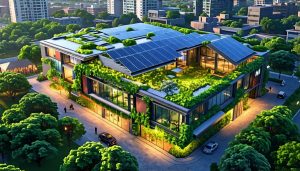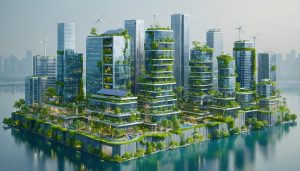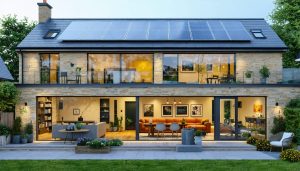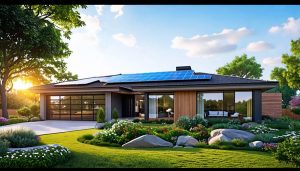
Revamp Your Build: Energy-Efficient Retrofits Every Construction Pro Must Know
Upgrade building insulation to minimize heat loss and boost energy savings. Install high-efficiency HVAC systems and smart thermostats to precisely manage energy consumption. Implement LED lighting and automated controls for significant reductions in electricity usage. Integrate renewable energy sources, such as solar panels, to further enhance sustainability and reduce reliance on conventional power.
The Importance of Energy Efficiency in Buildings
Environmental Benefits
Energy-efficient retrofits are a powerful tool in the quest for reducing building emissions and minimizing environmental impact. By upgrading …





